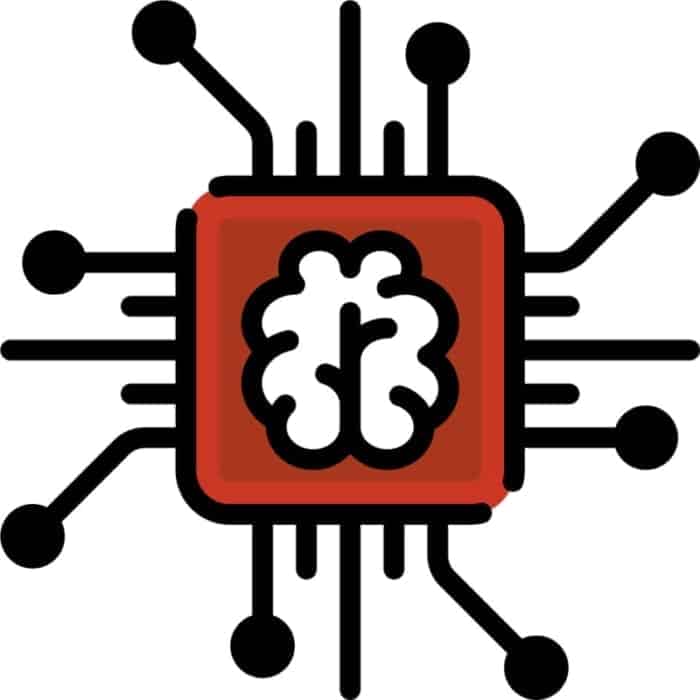Getting Started with an Automation Implementation
Putting your automation strategy into practice can be challenging, especially in the early stages. If your business is getting started with an automation implementation, understanding the “dos and don’ts” of this endeavor is crucial to a successful outcome.
Taking an Internal Look
Many companies are at varying levels of maturity in their journey to undergo business transformation. Stakeholder expectations are high as is the confusion about how to begin a sustainable automation implementation. This phase of your automation strategy may raise more questions than answers, and that’s okay. A good starting place is to assess (or reassess) use cases in which process automation is a beneficial avenue of exploration. Here are the top 10 areas in where process automation is making a sizable impact:
- Master data maintenance across systems
- Accounts receivable & payable
- Financial closing and reporting processes
- Procurement processes
- HR employee master and benefits updates
- Claims processing
- Time entry and payroll validation
- Marketing automation
- Marketing data analysis and management
- Anywhere people are massaging data in spreadsheets

In the implementation phase of an intelligent automation strategy, it may be helpful to understand where most companies stand in the realm of digital transformation in general. It is also important to realize how a robotic process automation (RPA) integration can put your organization ahead of competitors. In the evolution of the digital world that we live in, we can see where touch-less transactions fall into the journey of a more automated system. Businesses have come a long way, and through RPA and AI, there is much more to explore:
Taking the plunge in shifting your automation ideas into a tangible implementation plan requires trust in your team, and a desire to challenge the status quo. Even hough intelligent automation swiftly making way into the world of business, many companies are breaking away from trusting in self-service support.
The Big ‘ROI’ Question
One of the big questions during this phase is how will an RPA implementation effect the bottom line. How will a business understand how RPA generates ROI when they don’t know how to gauge it in the first place? Convincing stakeholders and leadership to adopt an RPA implementation will certainty come to a focal point here. Below are some applicable steps your team can take to ensure this big question gets answered:
Survey your current business process
This is where a business process analysis can come into play, and how an RPA implementation can complement business process management. Read more on RPA and business process analysis HERE.
Create a governance board
Create a governance board with RPA “champions”, and pair them with your IT team. These champions ideally need to consist of those pulling the trigger on the implementation.
Ensure you calculate “real” ROI
Calculate the real ROI by looking into the “hidden” aspects of RPA and how the implementation might effect you. For example – is this process generating even more customer service calls than before?
Have a goal in mind
Set a tangible goal and timeline to gauge the performance of your implementation. 6-12 months is ideal, and longer can skew results.
Choosing the Right Architecture
RPA is just one technology pillar of your digital transformation strategy, and should not be considered a “complete package” remedy to automating a process. While RPA is a great way to automate more manual processes, a straightforward system modernization integration may be a better solution. For example, your core ERP, CRM, or ECM system may already include some RPA and integration capabilities. A robust RPA architecture must address tools and processes for handling various types of automation needs. It must also be understood that there is no “one size fits all” tool for your desired RPA functions. Each tool has its own strengths and weaknesses.
Most successful RPA implementations (in various industries) establish teams comprising of strong leads. These include business analysts who can map and analyze processes to identify automation opportunities, and developers who are proficient in RPA and systems integrations. Alongside your staff, our RPA specialists, systems modernization and application integration teams, will establish your RPA architecture leveraging our best practices and integration capabilities. During the implementation phase, we work with your team to establish the following:
Our cloud hosted UiPath RPA service eliminates the need for you to buy and install automation software on your servers. With Smartbridge, you can start your RPA implementation journey immediately.
Looking for more on Automation?
Explore more insights and expertise at smartbridge.com/automation/
Keep Reading: What you Need to Know About RPA Analytics
There’s more to explore at Smartbridge.com!
Sign up to be notified when we publish articles, news, videos and more!
Other ways to
follow us:


